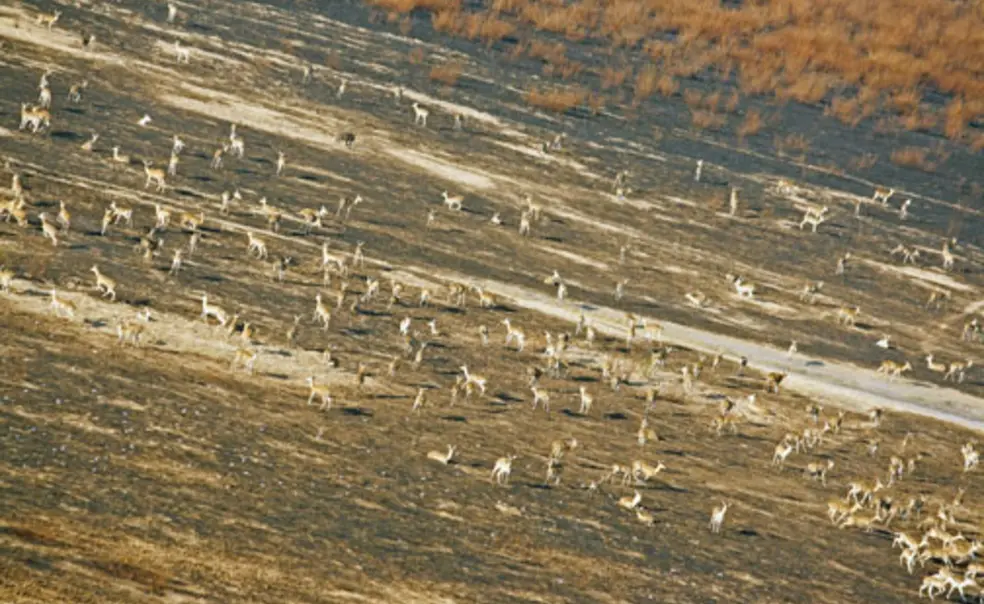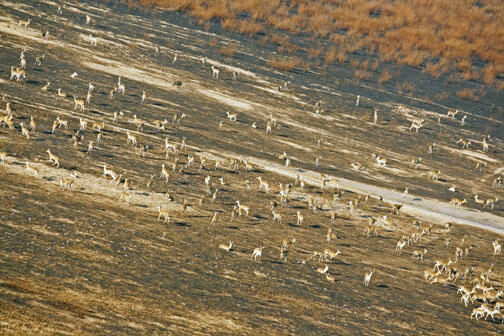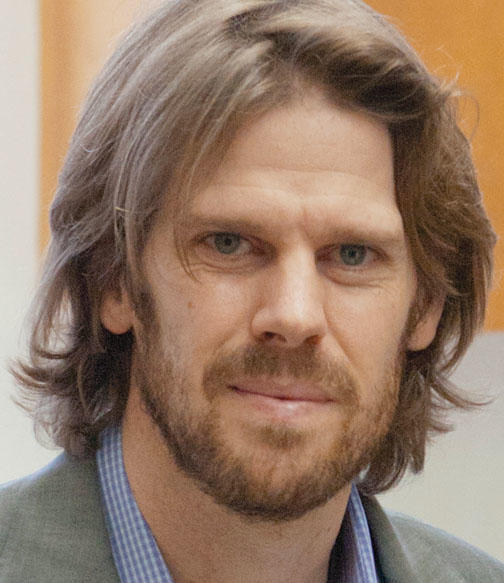BREAKING GROUND: Bringing back the lions and zebras
REVIVING AN AFRICAN PARK Gorongosa National Park in Mozambique was once one of the world’s most diverse ecosystems. Its 1,525 square miles supported populations of elephants, antelopes, zebras, buffalo, and lions, making it among the most densely populated large-mammal areas in Africa. Then 16 years of civil war, starting in 1977, devastated the park. The large mammals were almost completely wiped out by humans. But a 20-year conservation effort, funded mainly by the U.S.-based Gregory C. Carr Foundation in cooperation with the national government, is under way to restore the ecosystem and create a self-sustaining ecotourism industry. Some animals, such as wild buffalo, were relocated from other African parks to help rebuild the park’s animal stocks. Large-animal populations are growing, and researchers are working on both conservation and ecology studies.
A UNIQUE LABORATORY One of these scientists is Robert Pringle, assistant professor of ecology and evolutionary biology. Pringle is seizing an unusual opportunity to observe the repopulation of large mammals and other animals after their near-extinction in Gorongosa. Pringle also works in Kenya, where he is conducting contrasting experiments on large-mammal species that are artificially excluded from big, fenced-in plots of land.
Pringle and Joshua Daskin GS will begin formal research in the park this summer, joined by others supported by a National Geographic Society grant. Daskin seeks to understand how animals like warthogs facilitate the creation of ponds — part of a study of how mammals affect the savanna as their populations grow.
A DUAL CHALLENGE Pringle first became involved with the Gorongosa Restoration Project as a conservationist and now is on its board of directors. “We need to understand ecology if we want to save the world, but we can’t save the world with ecology alone,” he said. The goal is to conduct research into biological processes while also addressing day-to-day park maintenance questions — a difficult task, Pringle said. For example, addressing why certain animal populations are recovering while others are not is important both for tourism and for research studies. “Large mammals are very vulnerable to extinction, and we don’t fully understand how they contribute to their environment,” said Pringle. How Gorongosa will evolve is anyone’s guess, but Pringle will be there to document it.














No responses yet